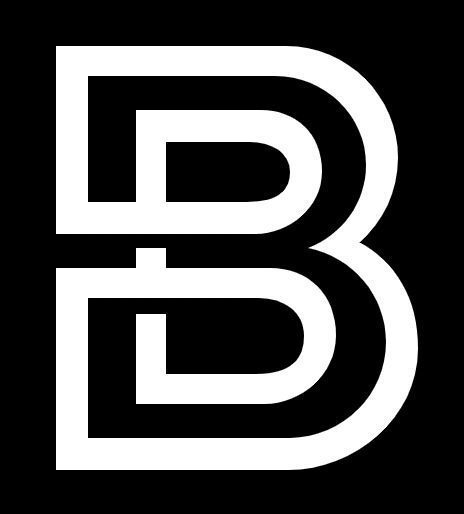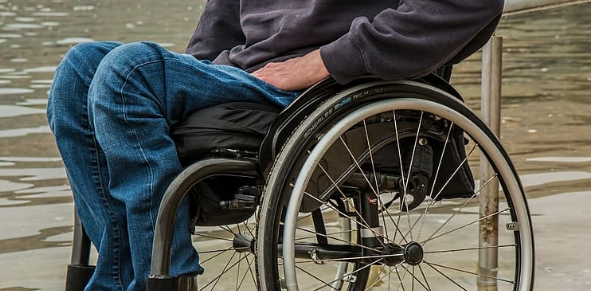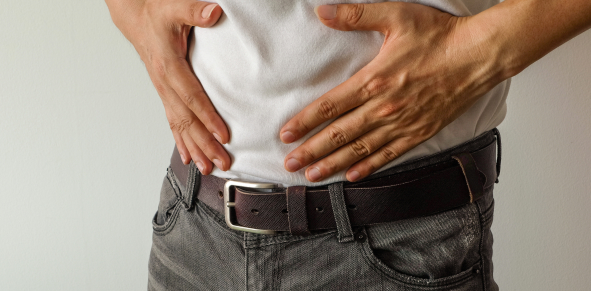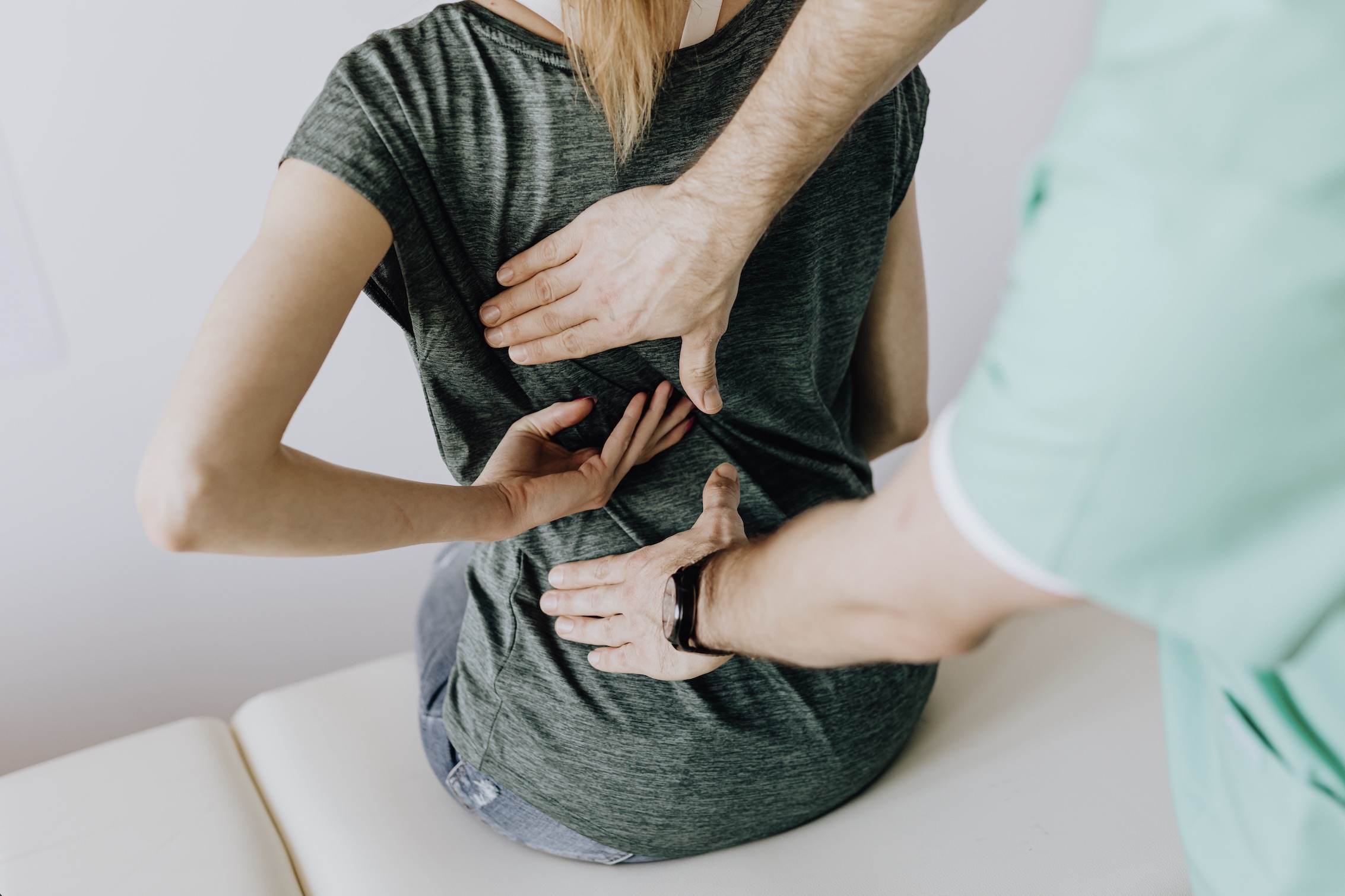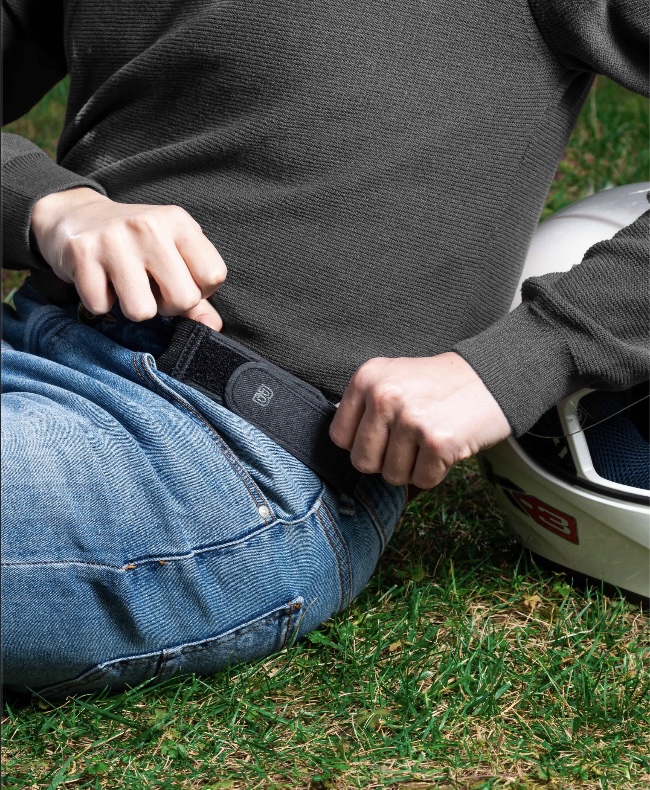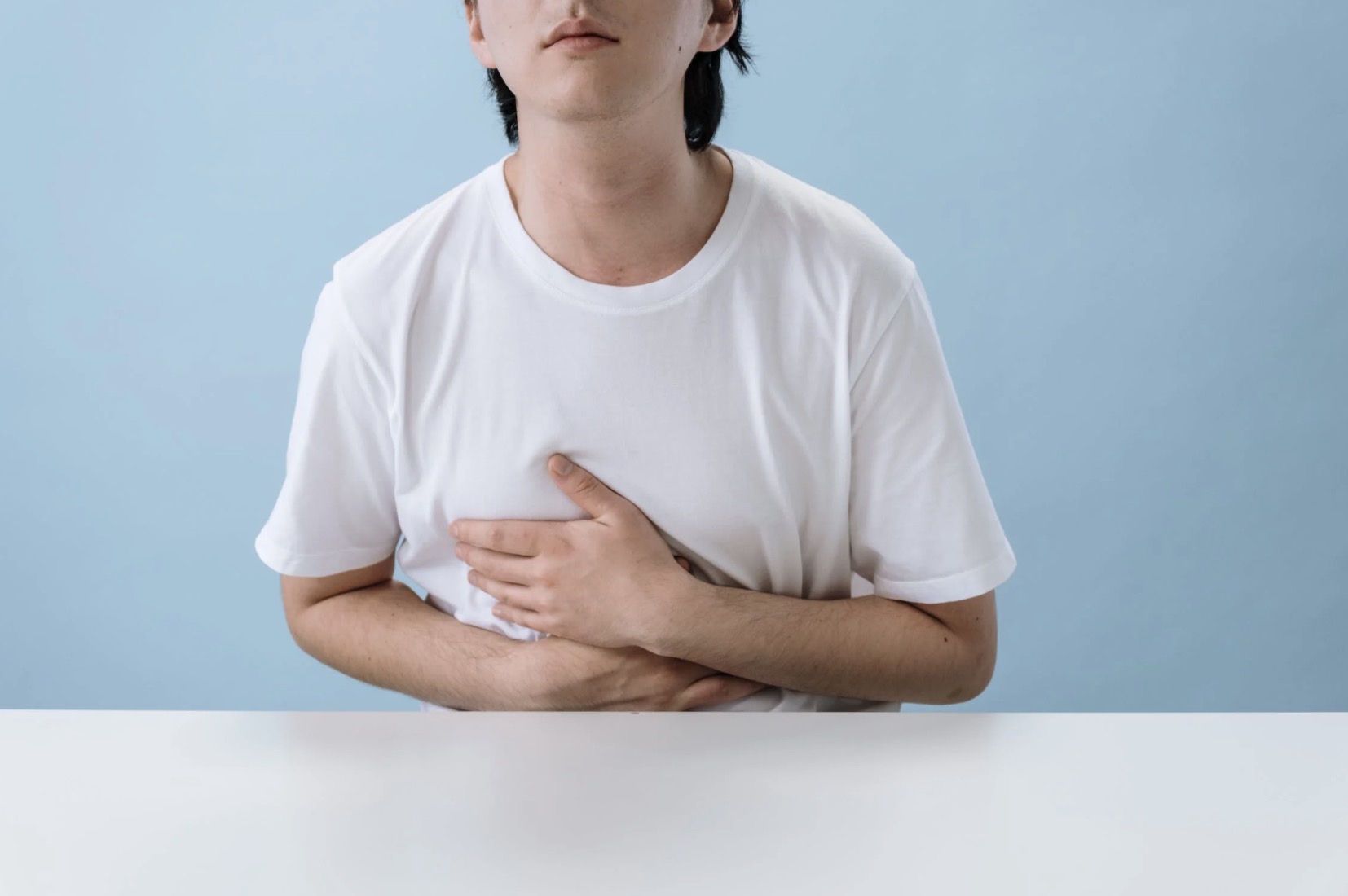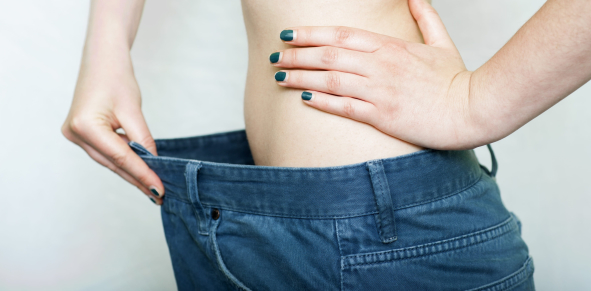6 Stroke Recovery Tips – Healing from Stroke
According to recent statistics, 795,000 strokes occur in the United States every year with approximately 130,000 deaths. Those who survive often have an increased risk of permanent disability. Rehabilitation is vital when it comes to recovering from a stroke. Although there are different facilities where you can seek help, there are also various stroke recovery tips that can really help a patient.
Below are the 6 stroke recovery tips that can help any patient:
1. Go beltless
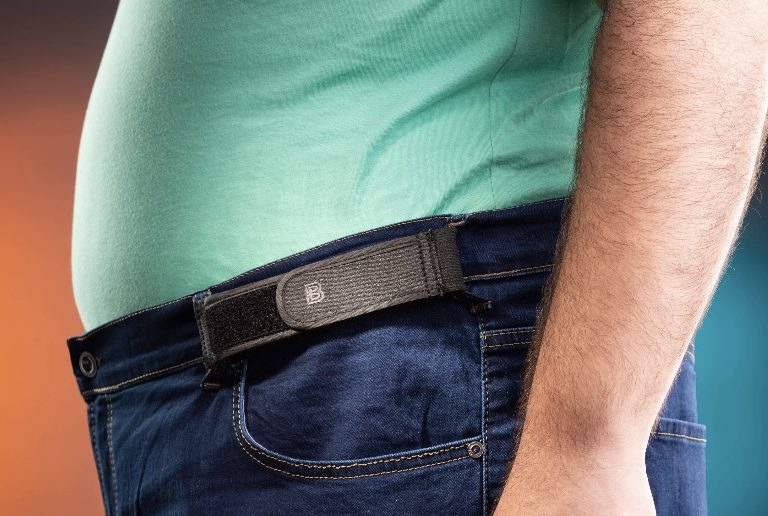
BeltBro is one of the belt alternatives recommended for people with sensitive stomachs or those who are recovering from a stroke.
Going beltless can also facilitate quick and better stroke recovery. It is important to note that after a stroke your body requires adequate relaxation and a proper supply of blood to all parts of your body. Wearing tight clothes or belts can hinder blood flow and affect definitely slow down your recovery process. It is important to seek belt alternatives that will not hinder the recovery process.
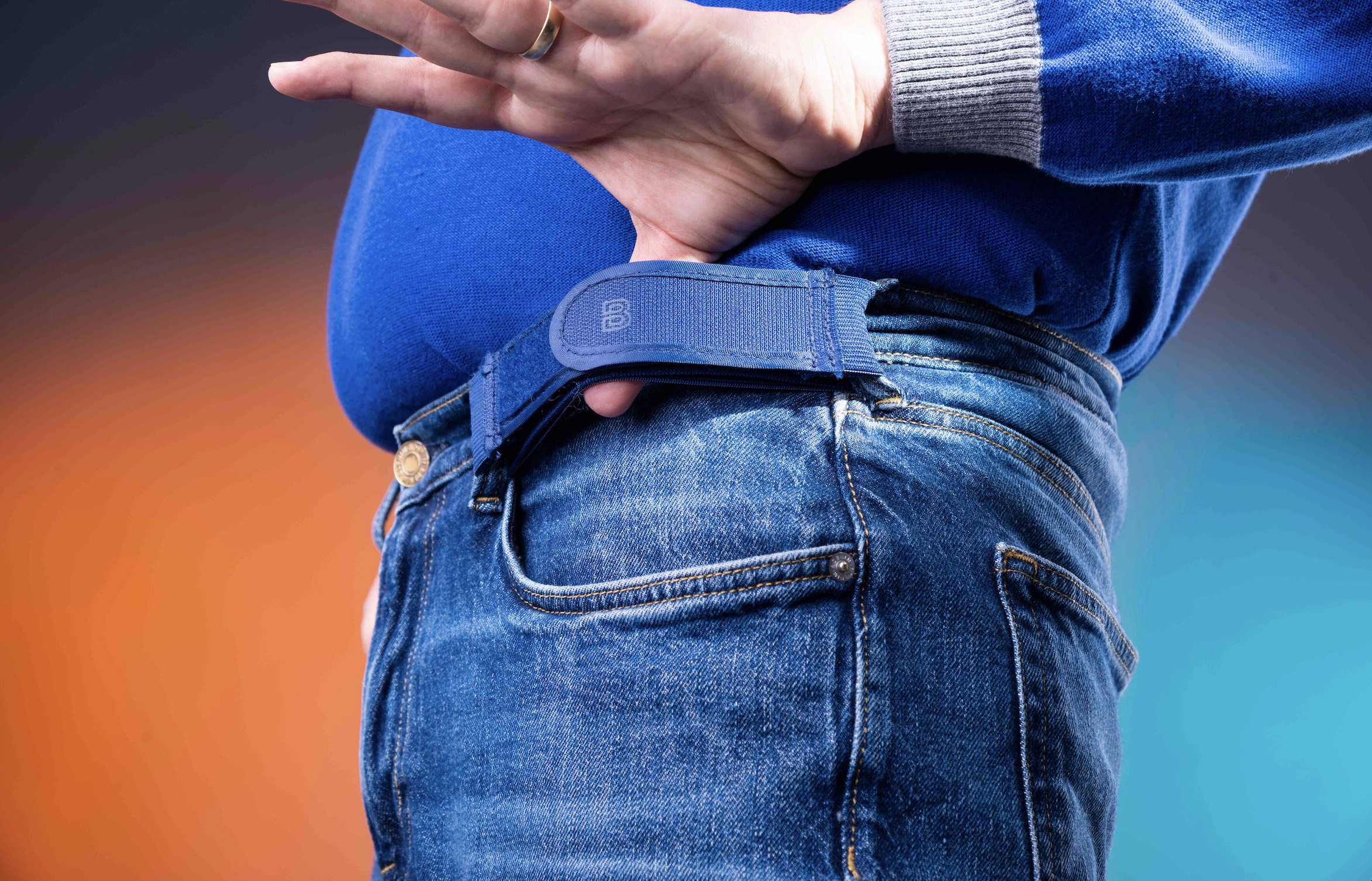
As such options such as BeltBro can help a lot during the recovery time. It is an ultra-lightweight belt that weighs only 10 grams and fits all sizes. BeltBro is one of the belt alternatives recommended for people with sensitive stomachs or those who are recovering from a stroke.
2. Select the best care facility for your rehab
The facility you choose for a stroke patient will largely determine how long or short they will recover from it. It is important to carry out due diligence to ensure that the facility is experienced enough and uses modern equipment and techniques to assist stroke patients to recover.
3. Keep your medical information close
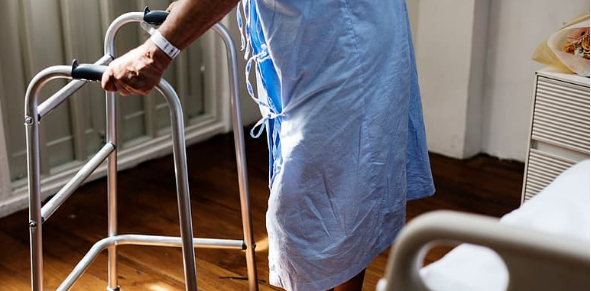
When a patient is hit by a stroke, some parts of the brain responsible for cognitive and communication can greatly be affected. That means the patient won’t be able to tell the doctors about their medical history.
This can be a problem since there are certain medications that can’t be used together with stroke treatment. It is therefore important to always carry a small piece of paper in your purse or wallet containing vital information about your medical history.
A stroke patient should be careful of the food they take– especially in the early stages simply because their swallowing muscles might become weak and function in an uncoordinated manner.
4. Eat healthily
The importance of a healthy and consistent diet is very important when it comes to recovering from a stroke. A stroke patient should be careful of the food they take– especially in the early stages simply because their swallowing muscles might become weak and function in an uncoordinated manner. Besides that, some foods might react with certain medications and worsen the patient’s condition.
5. Avoid stress
It is important for any person with a stroke to avoid stress as much as possible. This is because the more stressed you are, the higher your blood pressure will be – something that’s not good for the recovery process.
Ensure that you regularly see or talk to your primary care doctor for check-ups and follow-ups.
6. Adherence is key
Compliance is very important in order to successfully recover from a stroke. Ensure that you regularly see or talk to your primary care doctor for check-ups and follow-ups.
In general, anyone can get a stroke. Sometimes it can happen when you least expect it. Some people take longer to recover and even end up being disabled simply because they do not follow simple instructions. It is important to ensure that you play your part such as avoiding stress, eating healthy, choosing the best rehabilitation facility, and adhering to medication among others – if you want to fasten the recovery process.
